In photos: A glorious history of Sikhism
Guru Hargobind built the Akal Takhat (supreme seat) facing the Harmandir Sahib, and thus began a new era in Sikhism.
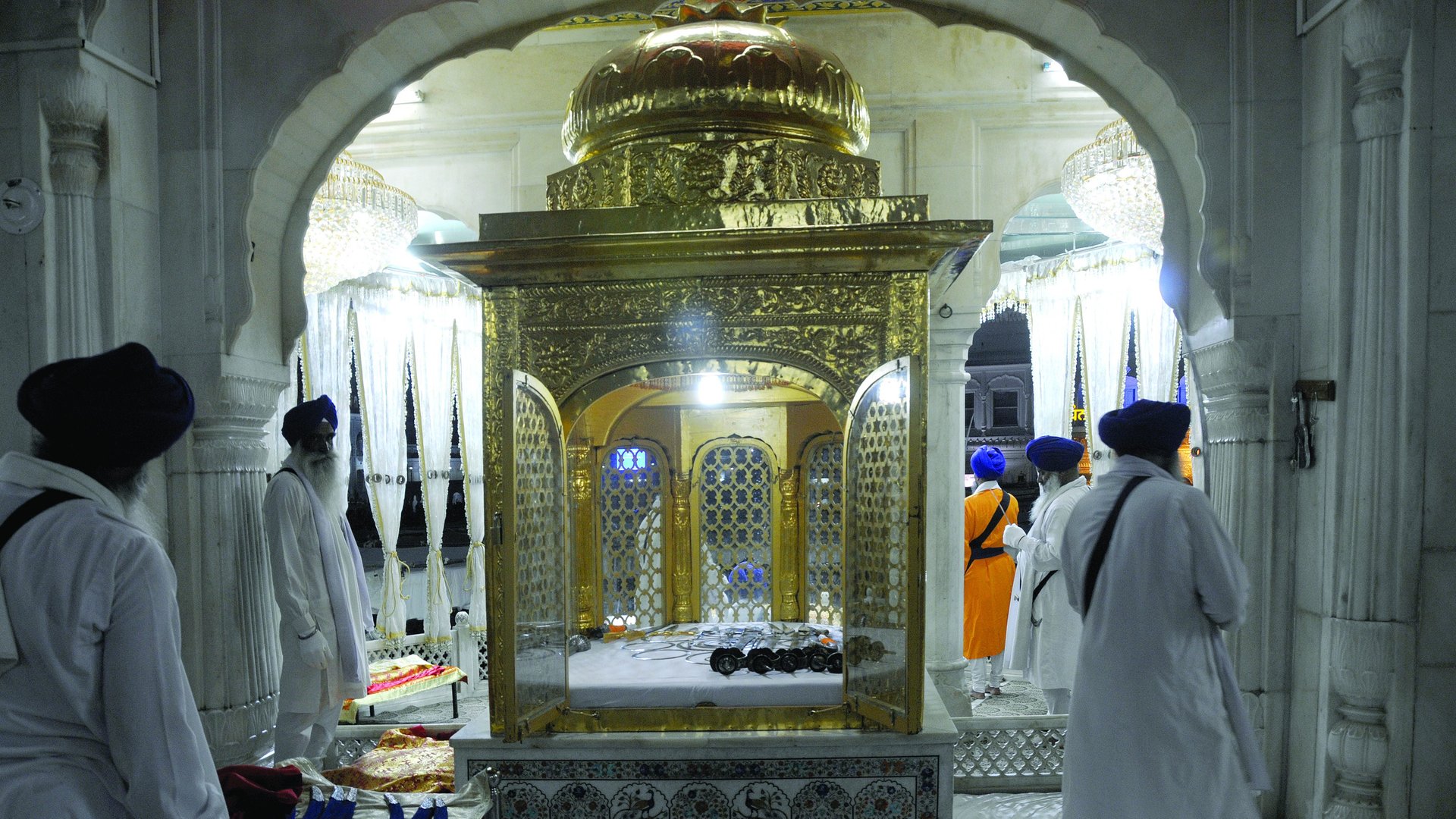

Guru Hargobind built the Akal Takhat (supreme seat) facing the Harmandir Sahib, and thus began a new era in Sikhism.
The takhat became a converging point for people from all walks of life—from the common man to elite, from a banker to a lender, from a farmer to a trader, from a scholar to an illiterate—who came to seek advice, share their grievances, and get clarifications about their faith. What may have appeared to have been a simple brick-laid platform became the seat of the temporal authority for the Sikhs.
While the Sikhs sought answers and directions to their inner being from the Harmandir, they could seek answers with regards to the outer world from the institution of the takhat. From here, the Sikhs received hukamnamas (orders) from the guru. Through these hukamnamas, Sikhs have been provided with guidance and clarification on doctrines and tradition.
These hukamnamas are applicable to all Sikhs the world over. As Sikh history progressed, four other takhats, namely Takhat Sri Damdama Sahib, Takhat Sri Hazur Sahib, Takhat Sri Keshgarh Sahib, and Takhat Sri Patna Sahib were chosen by the Sikh community to be the associated temporal seats. All the takhats are associated with Guru Gobind Singh.
Sri Akal Takhat Sahib
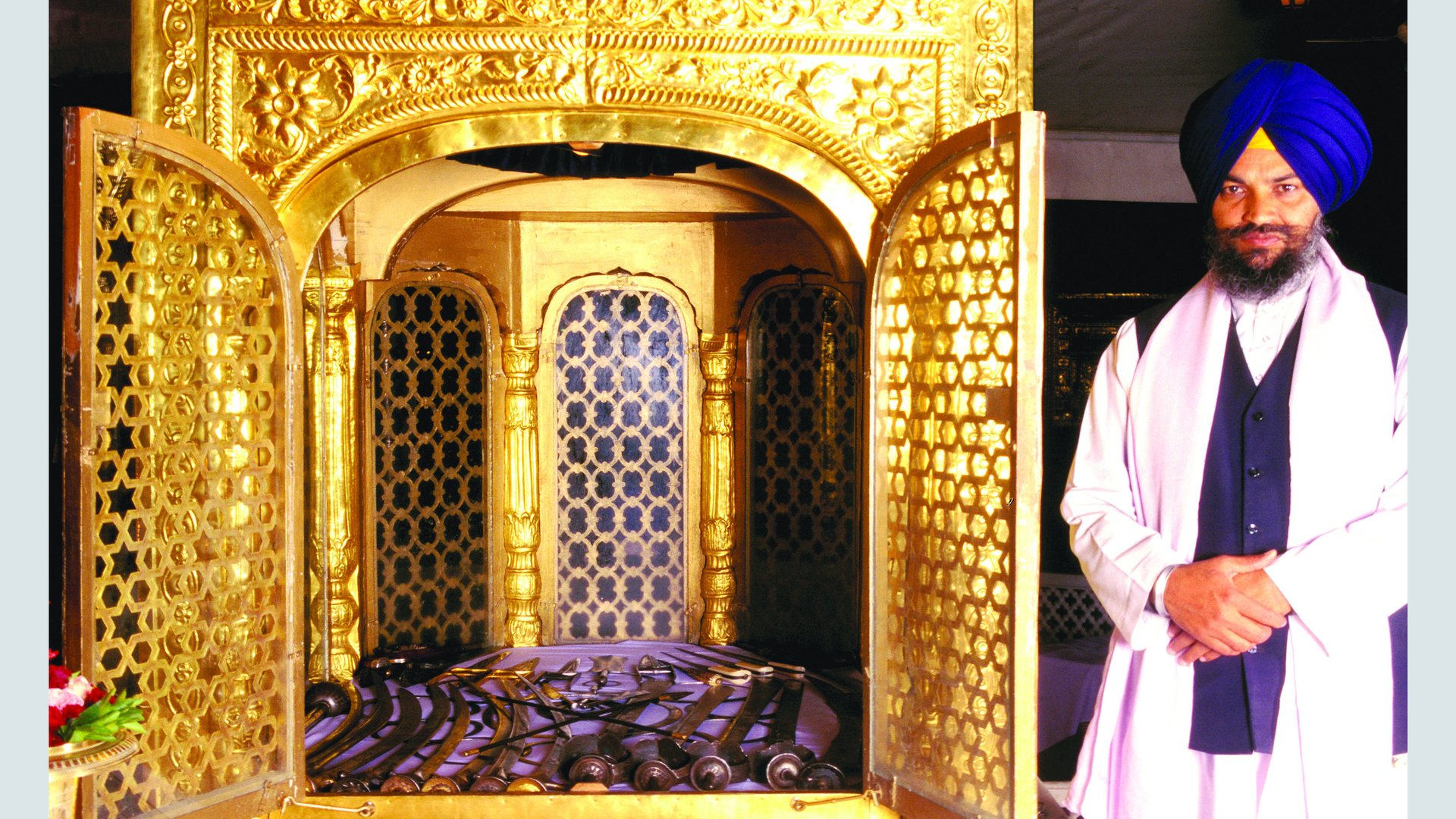
The Akal Takhat, or the everlasting throne, is the supreme seat of religious and temporal authority for the Sikhs. […]
Since its inception, the takhat has played a role both as a venue, and as an instrument in deciding upon the socio-religious and the political fate of the Sikhs, especially through the institutions of gurmattas and hukamnamas. It is the symbolic epitome of the continued tradition of miri-piri instilled by the sixth master—Guru Hargobind—which values the fact that righteousness must be defended with a rosary in one hand and a sword in the other.
Upholding the spirit of religious freedom, Guru Arjan Dev refused to convert to Islam. The Mughal authority took it as a disgrace and ordered the Guru to be tortured in the most inhuman manner. The Guru did not succumb to the physical and mental pressures and sacrificed himself for righteousness on 30 May 1606. Guru Hargobind (1595–1644), the son and successor of Guru Arjan Dev, changed his manner from the minimalism adopted by the earlier Gurus to magnificence, thus introducing new components into the community.
He began wearing two swords—one symbolising piri (spiritualism) and the other miri (temporality).
[…]
The Akal Takhat became central to the activities of the Sikhs. Bhai Gurdas, the principle caretaker of the Akal Takhat, issued hukamnamas to the Sikh sangat asking them to bring him the offering of horses and weapons. The Sikhs came to the meet Guru at the takhat and shared their concerns with him. Later, in 1635, Guru Hargobind shifted his base to Kiratpur, and he left the control of the Harmandir in the hands of Guru Arjan Dev’s elder brother Prithi Chand’s son, Meharban. Subsequently, Hariji, Meharban’s son, remained in charge of the Harmandir for nearly five decades.
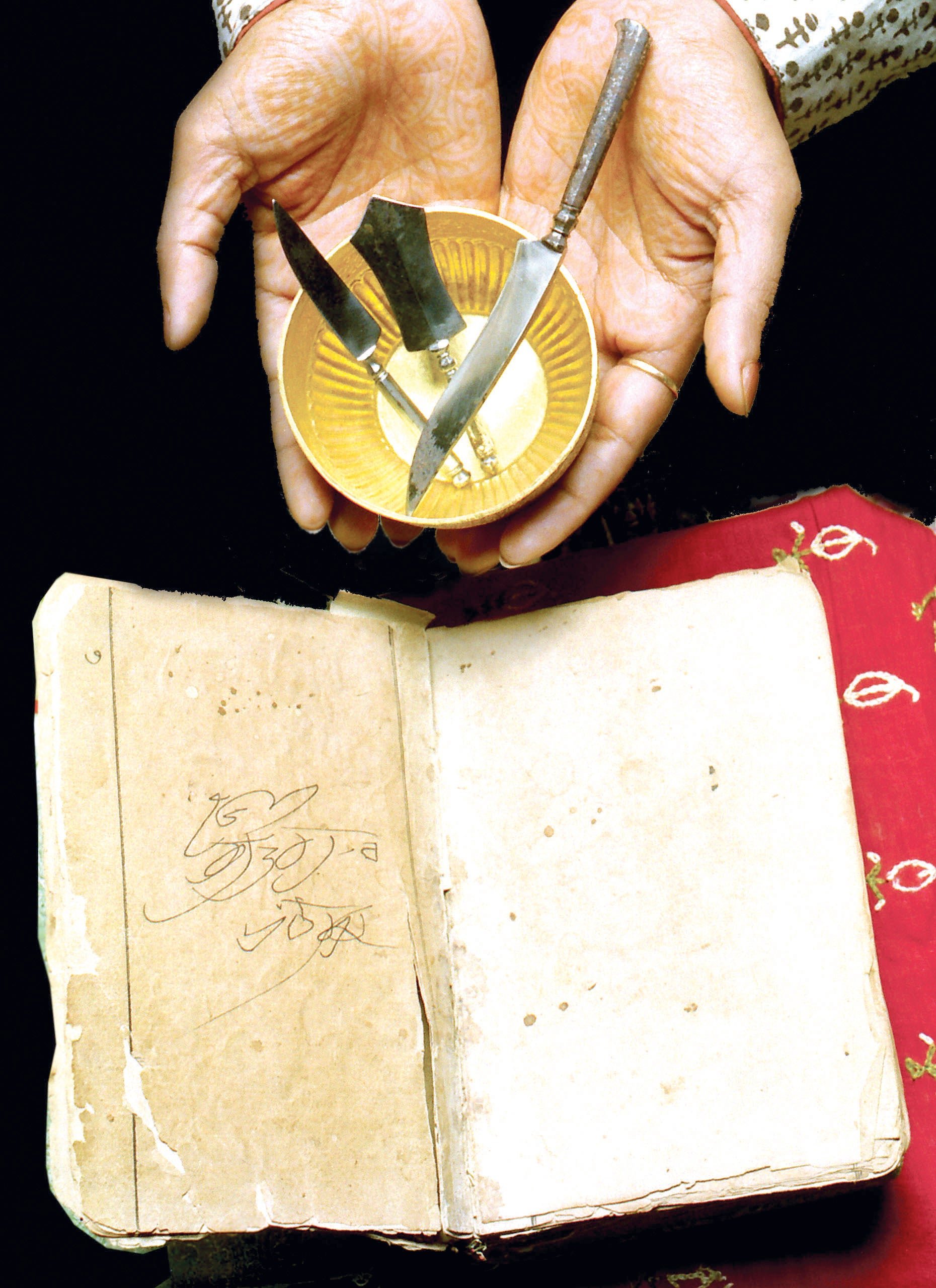
It was after the creation of Khalsa in the year 1699 that Guru Gobind Singh sent Bhai Mani Singh to take charge of the Harmandir and the Akal Takhat. Subsequently, it was here that the Sikh groups got together during the festivities of Baisakhi and Diwali. This is where the Sikhs held Sarbat Khalsa, the massive gathering of the Sikhs to discuss the major issues affecting them. During the Sarbat Khalsa in 1745, the Sikhs organised themselves into 25 jathas or groups and later, in 1748, these groups formed the Dal Khalsa. The takhat, since its inception, has acted as the central stage in mobilising the community. Even after Guru Gobind Singh, the hukamnamas were passed to the Sikh community by the takhat. All the Sikhs—royalty or commoner, rich or poor—have been abiding by the decree of the takhat. Even when Maharaja Ranjit Singh was summoned by the takhat, he humbly accepted the penalty imposed by the then Jathedar, Akali Phula Singh.
Several times in history, the takhat’s facade has been destroyed. Ahmad Shah Durrani destroyed it in 1762. But at the earliest occasion, the Sikhs held a Sarbat Khalsa in 1765 and rebuilt the takhat. The Sikh sangat built the first floor in 1774, and the remaining five storeys were built by Maharaja Ranjit Singh. The gilded dome of the takhat was funded by Hari Singh Nalwa. The Akal Takhat also faced severe damage during the Operation Blue Star in June 1984. The building was constructed twice, once by the Government of India and later by the Sikh panth through karseva.
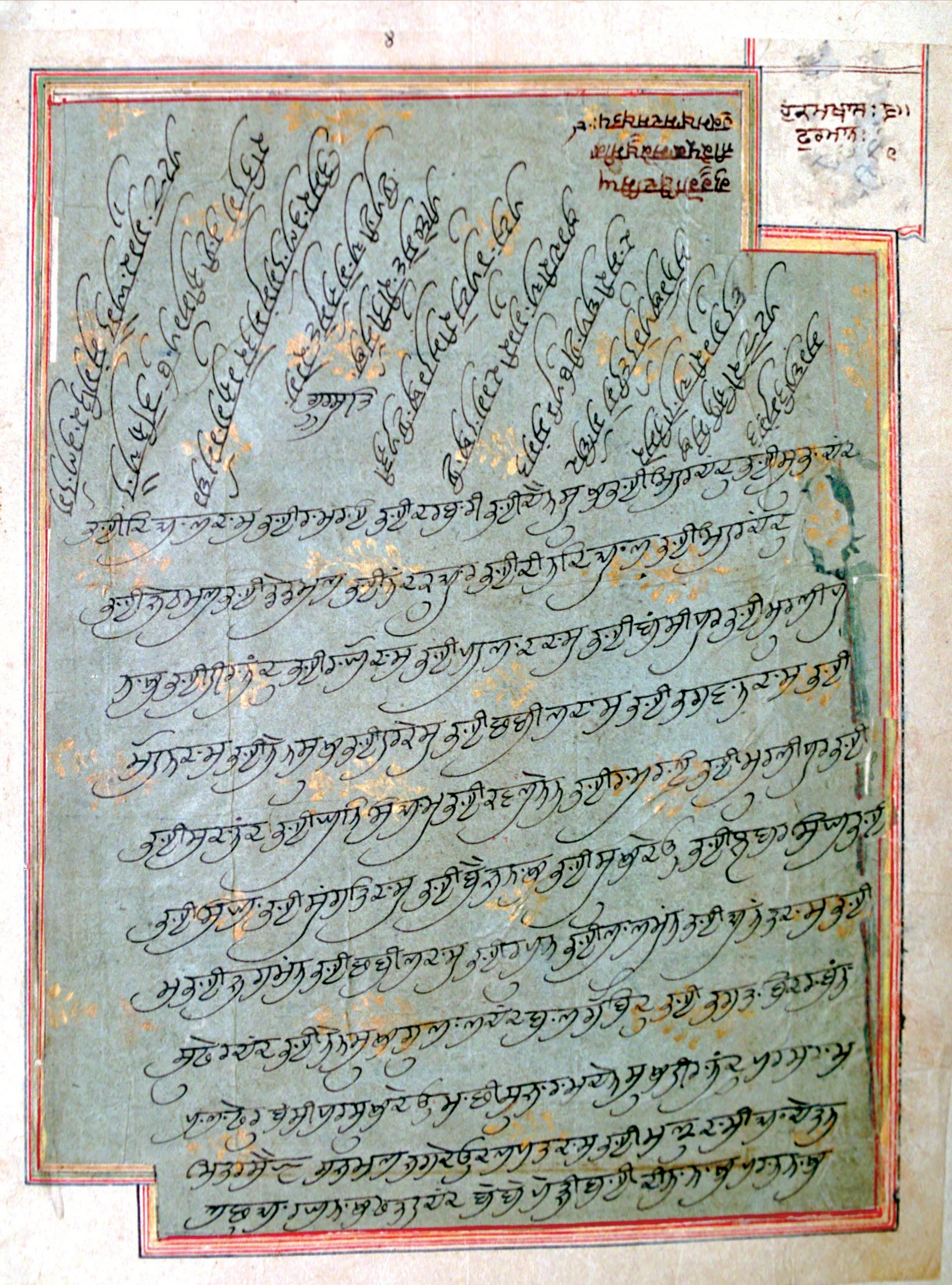
Takhat Sri Patna Sahib
This takhat is located in the city of Patna, Bihar. The city was visited by the first master Guru Nanak and the ninth master Guru Tegh Bahadur. It was here that Guru Gobind Rai was born. Being the birthplace of the tenth Guru, the city is one of the most venerated places in Sikhism. Even the city’s railway station is known as Patna Sahib, named after the takhat.
Takhat Sri Harmandir Sahib
The congested streets of the old Patna city open up to the beautiful complex of the takhat. This used to be the residence of Salas Rai, a jeweller by profession, who was dedicated to the Gurus. Guru Nanak stayed here or nearly three months and preached to the people of Patna. The place became famous as Choti Sangat and was run by Adhraka, who was a devout Sikh and an employee of Salas Rai. When Guru Tegh Bahadur reached Patna, he left his family here in the care of his brother-in-law, Kirpal Chand. It was here that on 22 December 1666, Gobind Rai was born. There is a Hukam-e-khas, sent by the ninth Guru that is addressed to the Sikhs to take care of his family.
Takhat Sri Keshgarh Sahib
Takhat Sri Keshgarh Sahib is situated on a hilltop at Anandpur Sahib, (literally, the city of bliss) in Punjab. It is the one built at the exact place where the historic ceremony of the birth of the Khalsa panth took place on the day of Baisakhi, in 1699. The city was home to two Sikh Gurus, Guru Tegh Bahadur and Guru Gobind Singh, and for many years it witnessed history unfold.
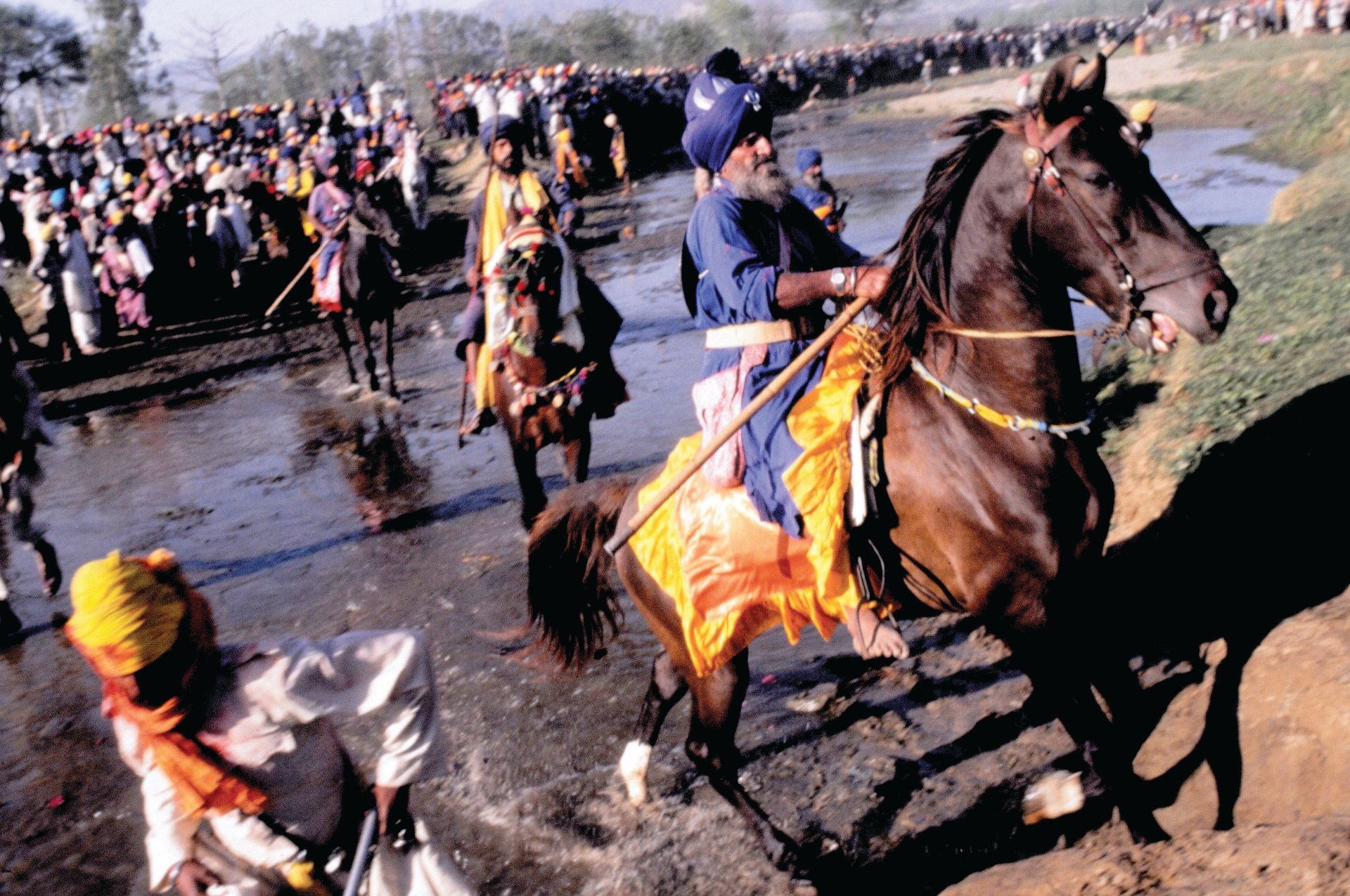
[…]Takhat Keshgarh marks the place where the new order of the Khalsa was revealed by Guru Gobind Singh on the day of Baisakhi in 1699. It was part of the Guru’s vision to culminate the ideology of the prior nine Gurus into an everlasting pure force.
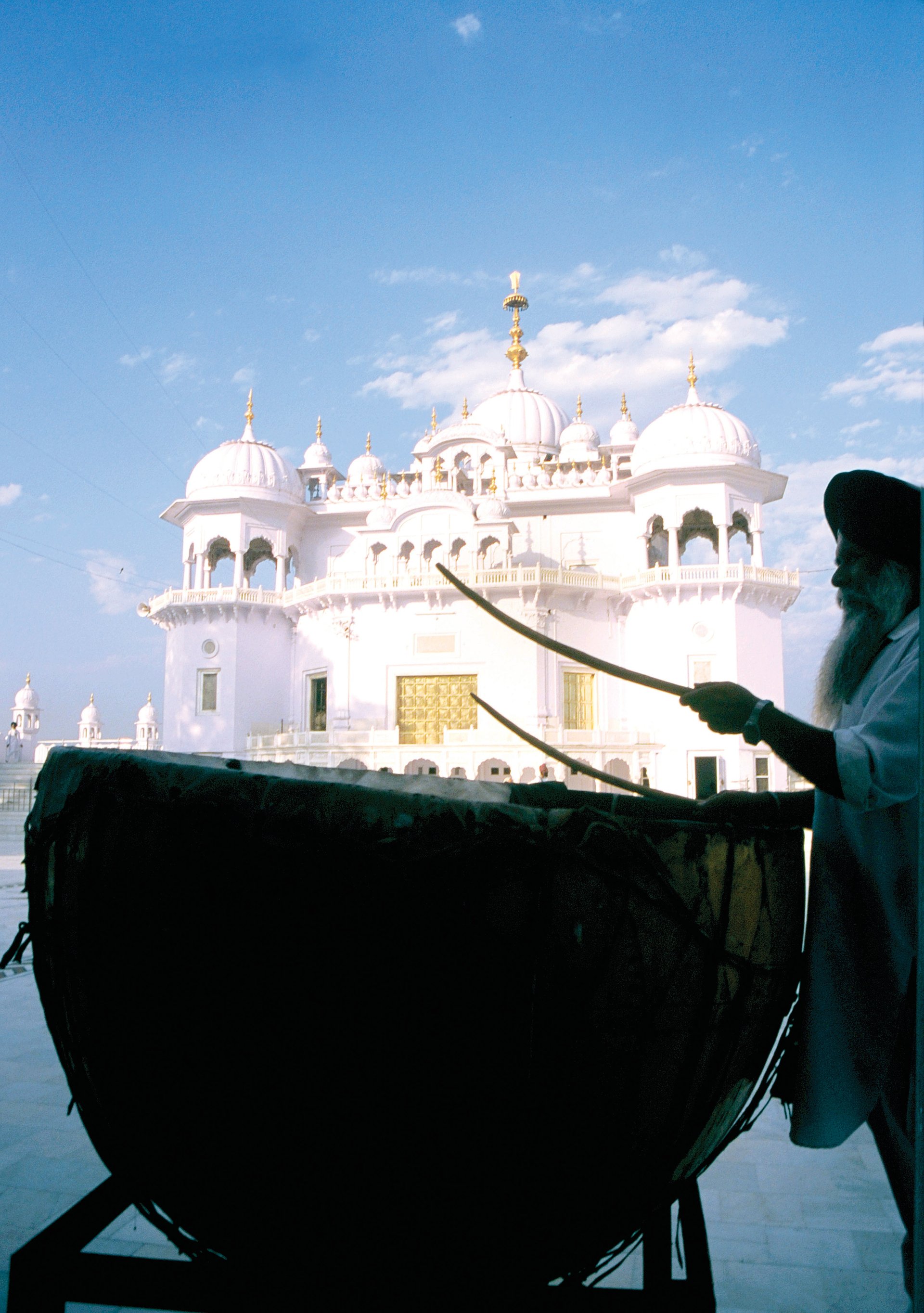
Takhat Hazur Sahib
In south-central India, on the banks of the River Godawari, is the Takhat Sri Hazur Sahib Abchal Nagar Sahib, “the exalted presence.” The Mughal Emperor Bahadur Shah, while on his march to South India, was accompanied by Guru Gobind Singh. Both of them stayed at Nanded for a while and then the emperor proceeded towards Golconda, but the Guru continued to stay there. The Guru took many important decisions here regarding the community’s future. He was injured when the Pathans, sent by the Wazir of Sirhind, attacked. Before his wounds could heal completely, the Guru got involved in archery, which proved fatal. He bestowed the Guruship on the Guru Granth Sahib on Oct. 6, 1708.
Takhat Damdama Sahib
Takhat Damdama Sahib is located in the village of Talwandi Sabo in the Bhatinda district of Punjab. Guru Gobind Singh stayed here for nine months in 1706, and took rest after engaging in prolonged battles against the Mughals and the hill chiefs. Earlier, Guru Tegh Bahadur had also stayed here. Before Guru Gobind’s arrival at Talwandi, two of the Guru’s sons were bricked alive at Sirhind and two laid down their lives at Chamkaur Sahib. The grief-stricken Guru chose this place to make it a centre of Sikh learning, and the Sikhs began flocking here from far and near.
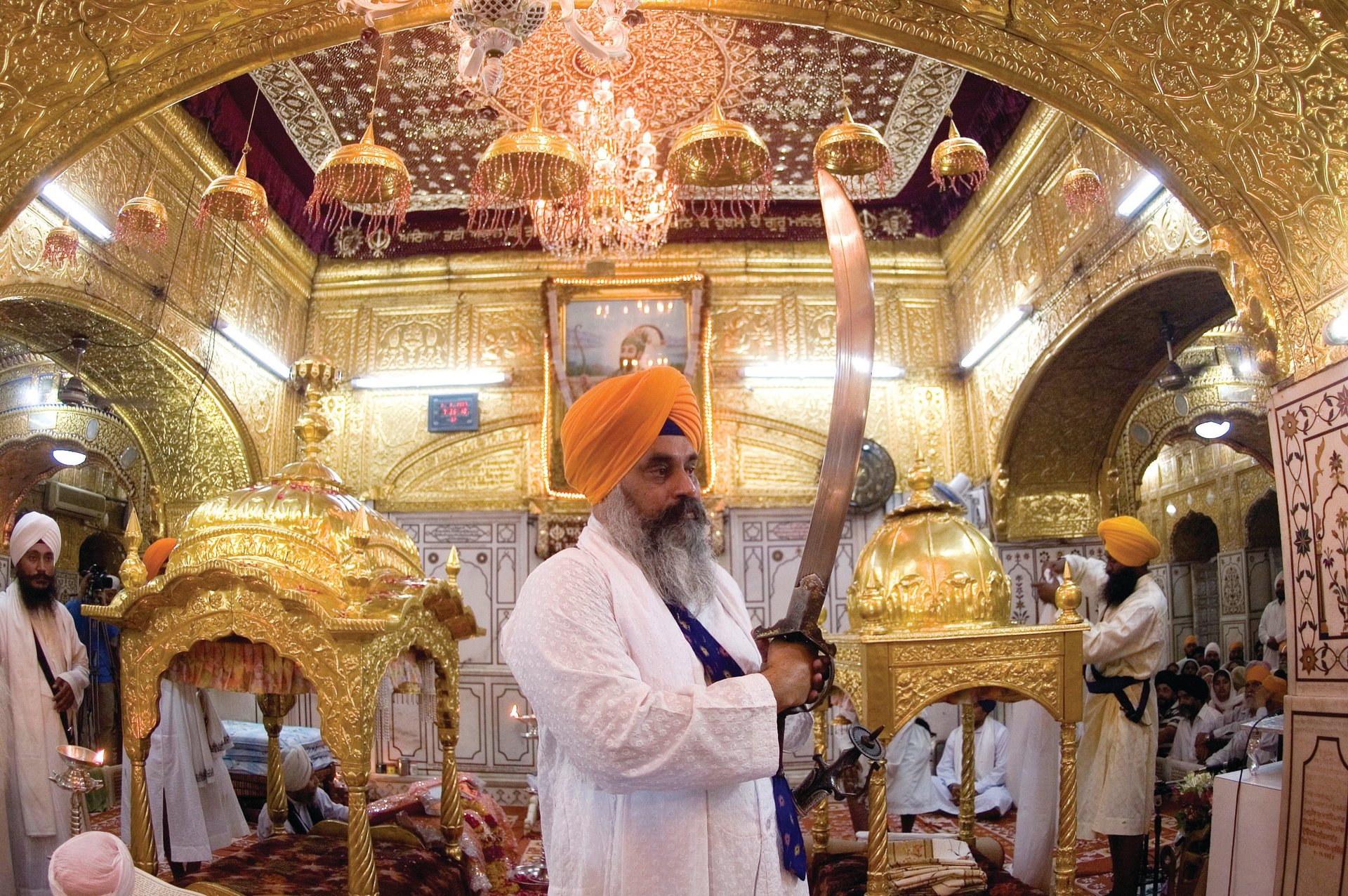
Excerpted from Rishi Singh and Sondeep Sankar’s Sikh Heritage with permission from Roli Books. We welcome your comments at [email protected].